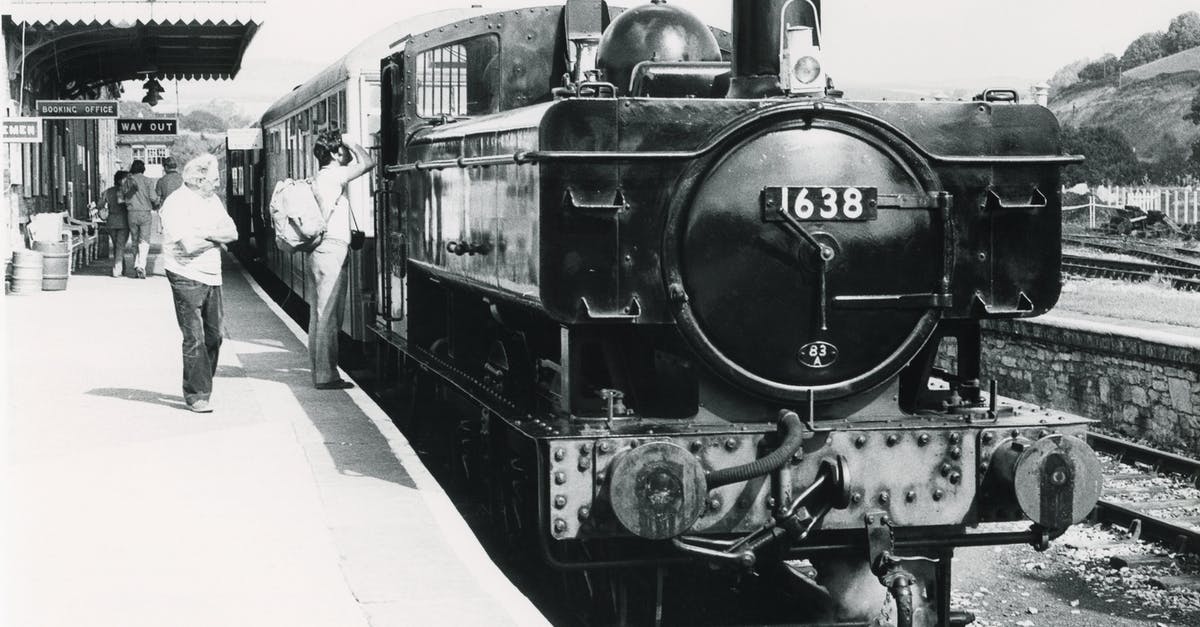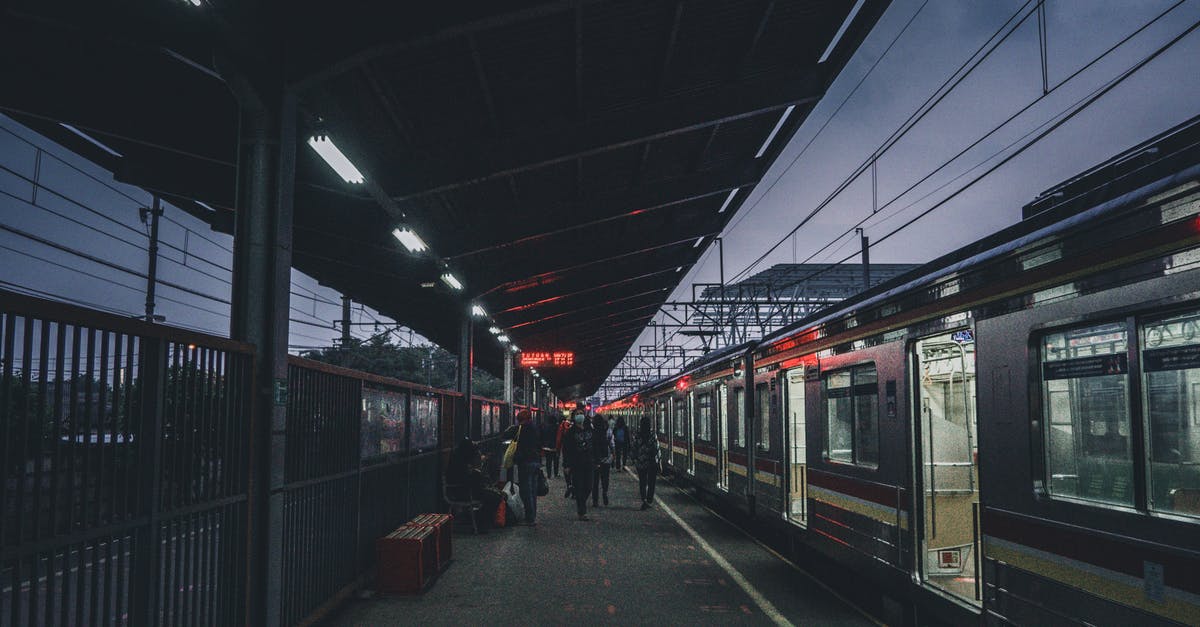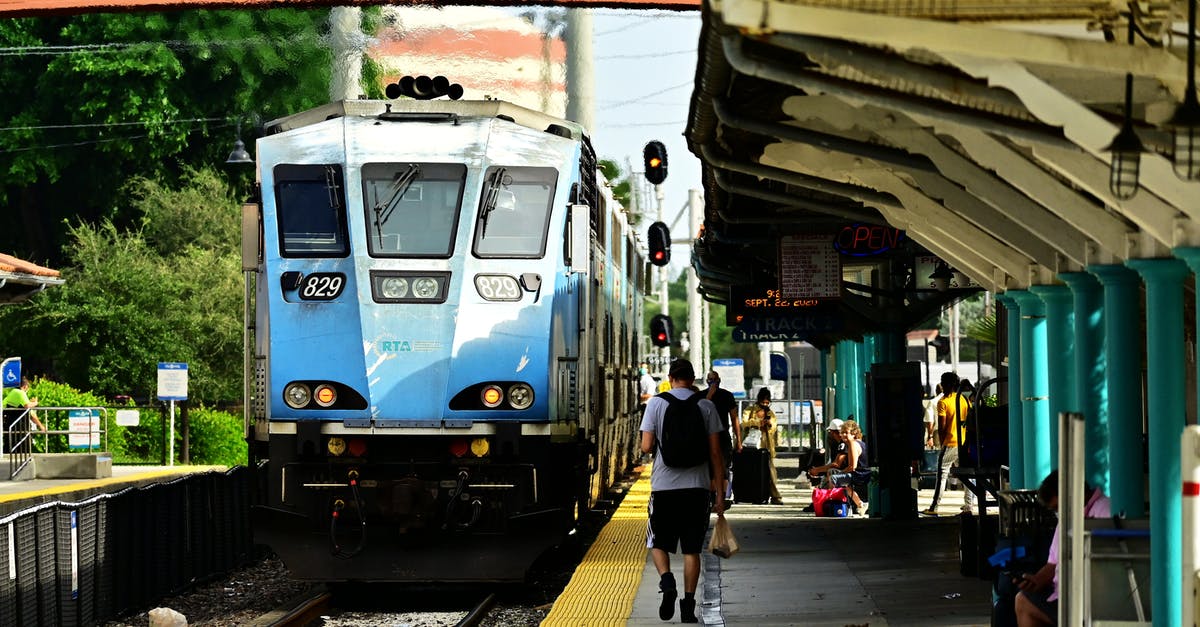What was the explanation of the 51 people burned alive on the train in For Greater Glory?

In For Greater Glory: The True Story of Cristiada (2012), there is a scene in the first half of the movie in which a train is robbed by the Cristeros. Padre Vega, who is in command in the scene, asks one of his subordinates if all the people are off the train, to which his subordinate answers "Yes." They then light the train on fire, and screaming is heard from the back of the train. Padre Vega shows a concerned look on his face.
Through the rest of the movie, Padre Vega takes a lot of flack for having burned "51 innocent people" alive, and Vega half-heartedly defends his actions as revenge against the brutal Mexican government.
What is the explanation of this plot element?
- Were the people burned unintentionally?
- And if so, did Vega intentionally kill those people, or did his subordinates subvert his authority to kill them?
- Why didn't they try to rescue the people from the train when they were found to be still aboard?
- Why did Vega explain his actions, rather than saying it was an accident?
- Who was actually killed? Civilians, or Mexican federal soldiers, or someone else?
As this is based on a true story, if it is better for me to ask this question on History.SE, I can do that.
Best Answer
From A Companion to Mexican History and Culture (ed. William H. Beezley) (excerpted in Google books)
The Mexico City press helped sway public sentiment in favor of the government in popularizing Catholic atrocities, especially where civilians were involved. One episode featured the execution of 51 noncombatats on the orders of militiant Father Jose Reyes Vega, whose troops derailed a Mexico City-bound train, herded injured passengers into a wooden boxcar and set it ablaze.
From a review of the movie on The American Catholic:
Father José Reyes Vega is one of the main characters in the film and is depicted as a good priest who reluctantly takes up arms and becomes a Cristero general. The actual Vega was a disgrace as a priest, who routinely broke his vows of chastity and was merciless in his treatment of Federales luckless enough to fall into his untender mercies. He was a very effective general. His greatest crime was burning a train filled with civilians after his brother died in taking the train. The film depicts this as an accident, alas that was not the case.
You might find the whole review interesting.
Pictures about "What was the explanation of the 51 people burned alive on the train in For Greater Glory?"



What was the message of for greater glory?
For Greater Glory tells a story of religious freedom and oppression that is far too little known, and that would be important and worthwhile at any time, but is strikingly apropos in our cultural moment.When the beauty was about to be beheaded by Japanese army, Chinese army came to save her
Sources: Stack Exchange - This article follows the attribution requirements of Stack Exchange and is licensed under CC BY-SA 3.0.
Images: Enoch Patro, Malcolm Hill, k andy, Nelson Axigoth
